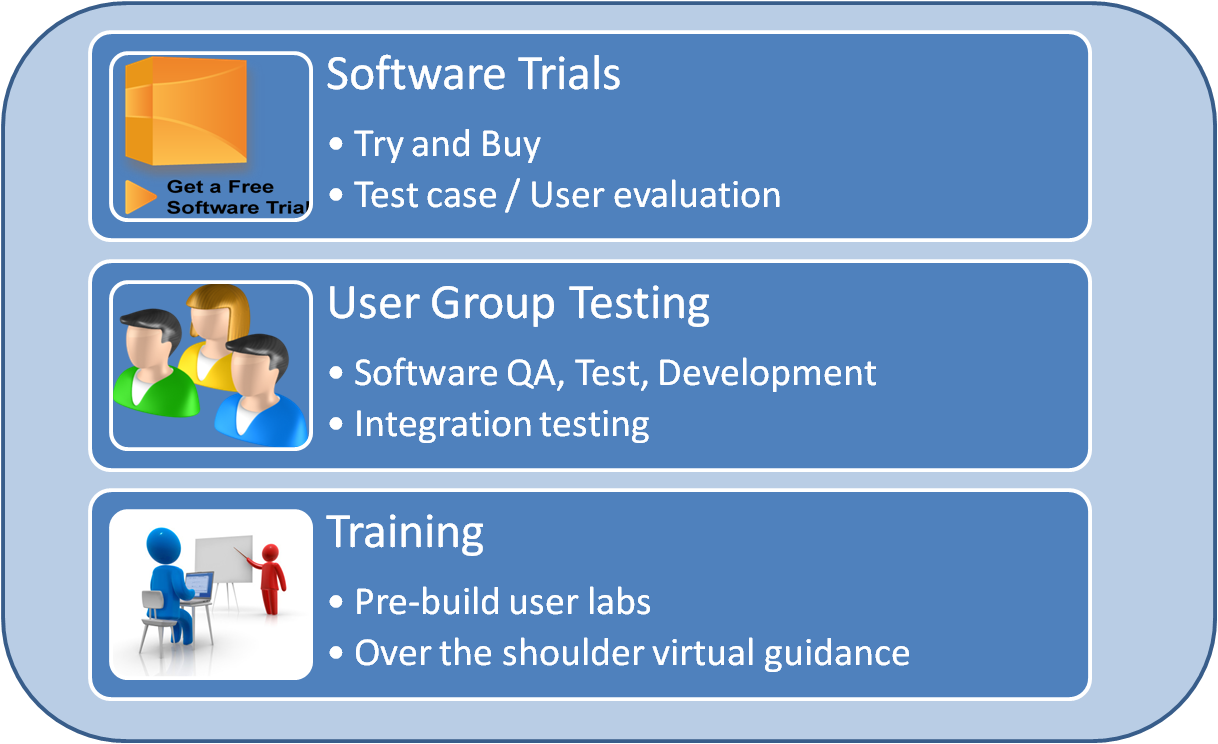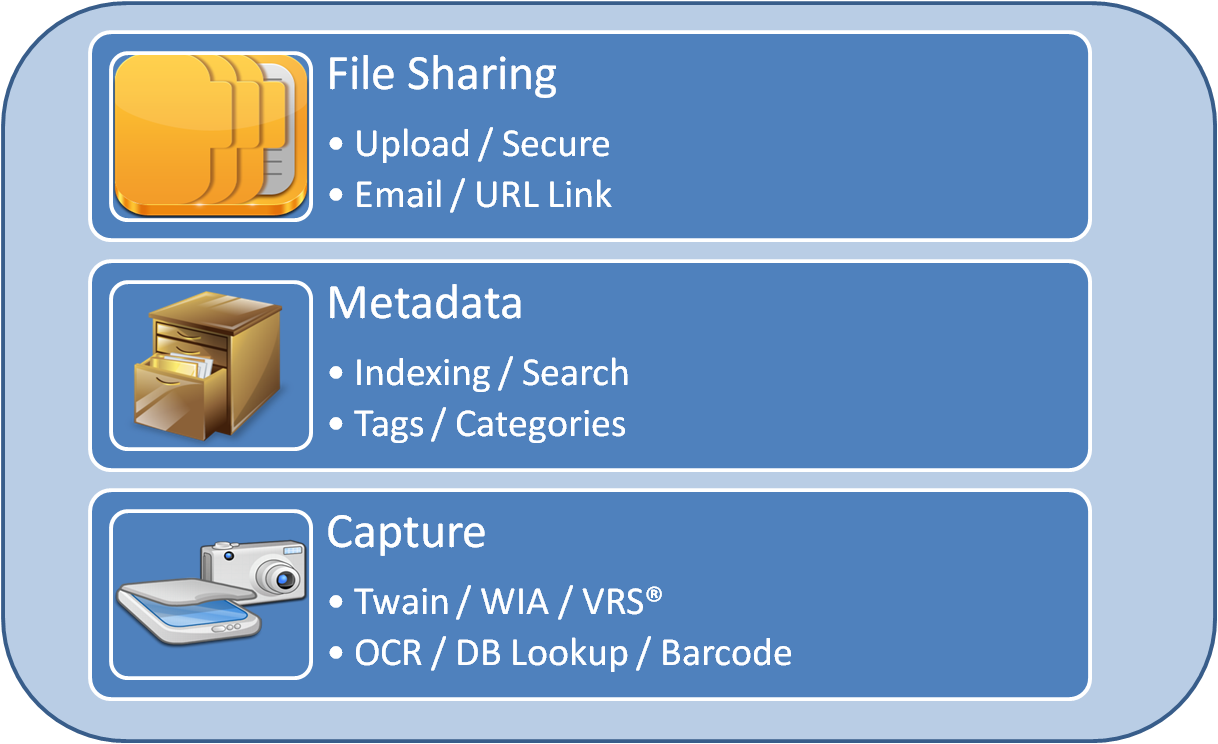 Hermes wore winged boots to run in the clouds, serving as the personal agent and herald to Zeus. Today many companies are exploring the benefits and challenges of cloud based platforms, services and technologies. I had the chance to visit with Chris Riley at CloudShare. My objective was to uncover some real world knowledge that could be applied immediately to help you find your wings.
Hermes wore winged boots to run in the clouds, serving as the personal agent and herald to Zeus. Today many companies are exploring the benefits and challenges of cloud based platforms, services and technologies. I had the chance to visit with Chris Riley at CloudShare. My objective was to uncover some real world knowledge that could be applied immediately to help you find your wings.
CloudShare offers a free 14 day trial, using the QuickStart guide you can be up and running in the cloud in under 15 minutes. When reviewing the site you initially see a strong focus on SharePoint with several pre-built templates. It is very simple to spin up a SharePoint instance and start configuring document libraries, collaboration sites or start testing custom developed web parts. This can give an organization a great sandbox for implementing test cases to eliminate some of the risks associated with deploying SharePoint. A great post outlining ways to avoid things like SharePoint sprawl can be found in an AIIM blog recently posted by Nick Inglis
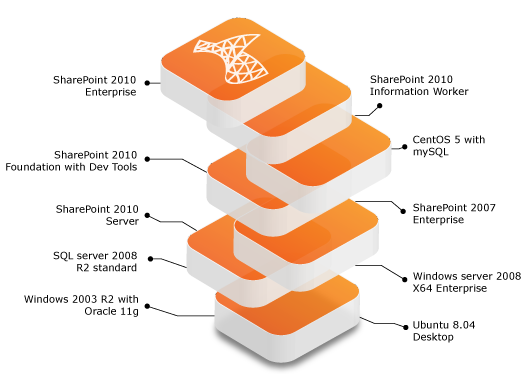
As you dig deeper you find that many applications or platforms that you need to spin up for Testing, QA or Development purposes can be supported by CloudShare. Imagine all the costs associated with hardware, product licensing and labor you could save. Several use cases have been very successful for Independent Software Vendors (ISV’s), Training organizations and Enterprise class customers.
ISV’s are using this for fast and affordable customer test sites. This gives them an immediate, template driven method for creating ‘Try & Buy’ virtual work spaces to showcase their software. An ISV can setup repeatable templates with completed software install, configuration test data, site content and user access in minutes. It is so straightforward most software product sales professionals could spin up virtual work spaces for customer prospects without a sales engineer.
Professional training organizations are setting up pre-built environments complete with training labs. A trainer can share a copy of an environment with a class and provide ‘over-the-shoulder’ instruction without actually being over the students shoulder. This type of collaboration usage portends some of the exciting new features you can expect to see from CloudShare in the very near future.
Enterprise customers are leveraging the benefits of this solution to augment the expenses of providing physical server farms for software development QA and testing. The ability to roll this solution out to support near shore and off shore development teams is another area to be considered. With hardware, software licensing and labor a business could easily spend $20K to setup a SharePoint 2010 development environment. With CloudShare ProPlus this could be done for as little as $49 per month. Ready. Set. Cloud.
I setup a Microsoft Office 2010 machine as my first virtual machine (VM).
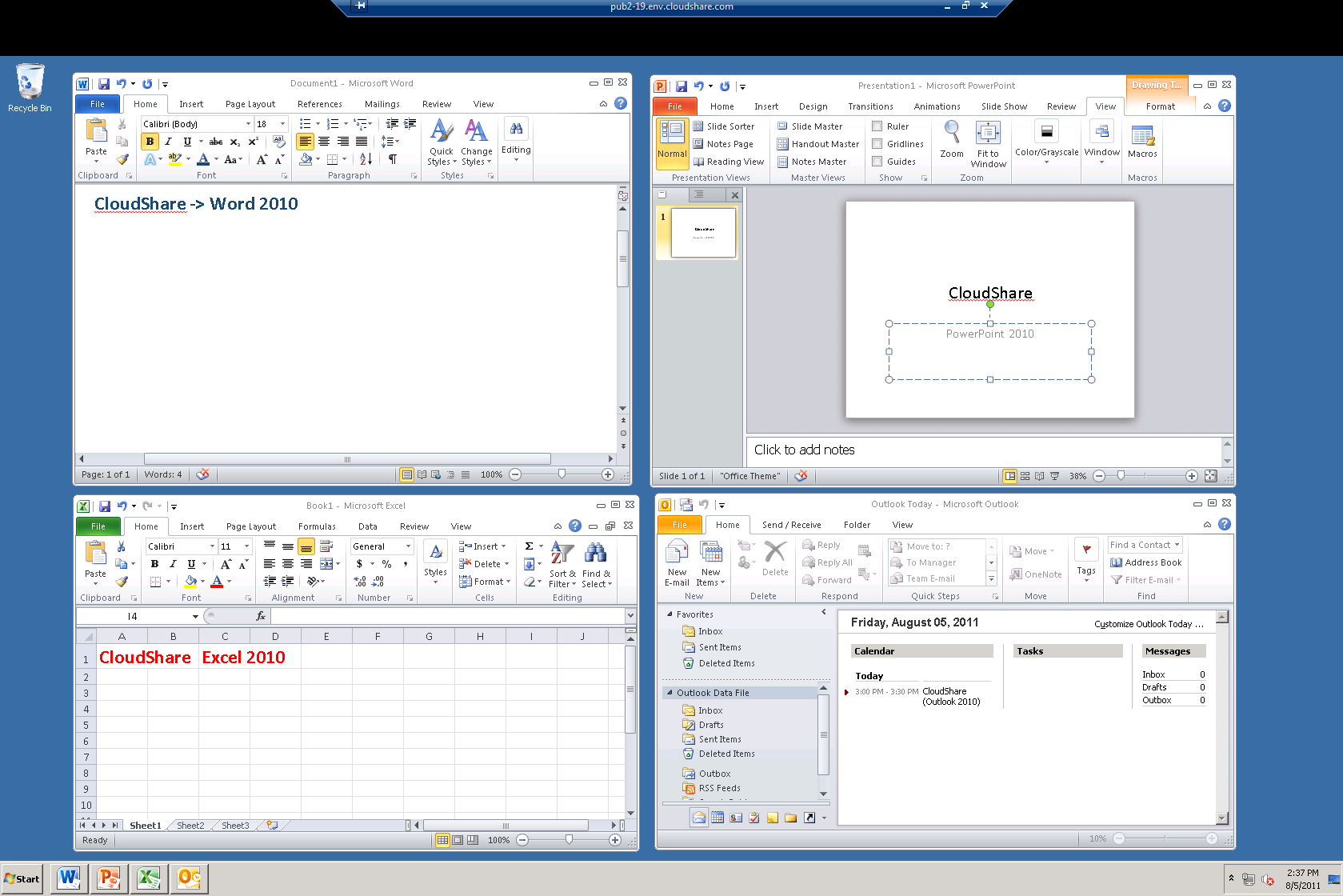
As part of the CloudShare ProPlus offering you get a single login with up to 6 VM’s 10GB RAM, 300GB HD, 10 CPU’s. Currently a single login is tied to a single environment, in the future the ability to have multiple environments accessible from a single login will be provided. Chris eluded to several really hot new features that are planned and you will need to keep a close eye on CloudShare, they use an agile development methodology so new updates are often made bi-weekly.
You can access your environment and VM’s using either a remote desktop plug-in (RDP) or a fully web-based VNC Console. The RDP requires a java runtime that you will need to plug-in to your browser. I am using Chrome and found no issues and the speed of the RDP was very nice, hardly any lag in cursor movement. I experienced more lag with the Console interface, switching back and forth between RDP and VNC was seamless.
Overall the user experience is very straightforward and the time that it can save an IT department, Sales Engineers and Training professionals is substantial. With a little upfront planning and work to create your own templates the return on your initial investment is substantial. As an ISV the benefits to the sales cycle are clear, this is a killer app that will put you in position to close more sales with less technical effort.
Some things to think about using CloudShare ProPlus for:
- Educating yourself or employees on what the Cloud is and how it can be used
- Application development and testing
- Server Hosting to reduce upfront hardware investments
- Training / Classroom virtual work space and labs
- Personal PC in the Cloud – Microsoft Office
- Mail Server – Exchange
- Collaboration sites – SharePoint
- Database farms – SQL / Oracle / MySQL
- Ruby on Rails
- IBM
- SAP
Comments welcomed
Check out http://cloudpwr.com
